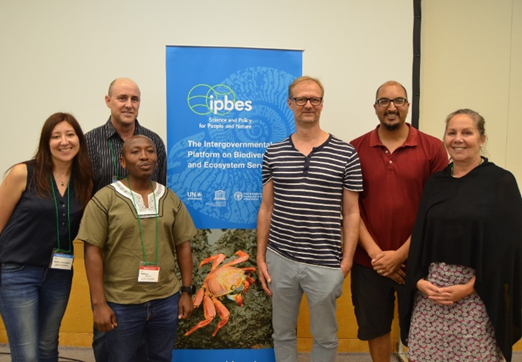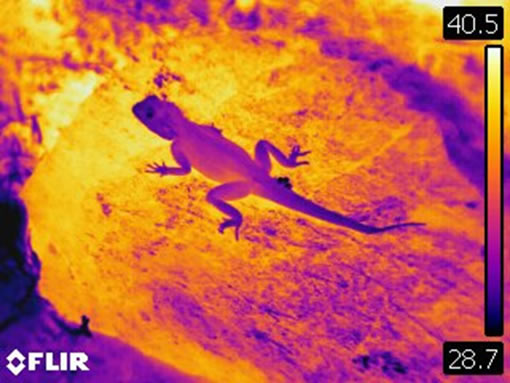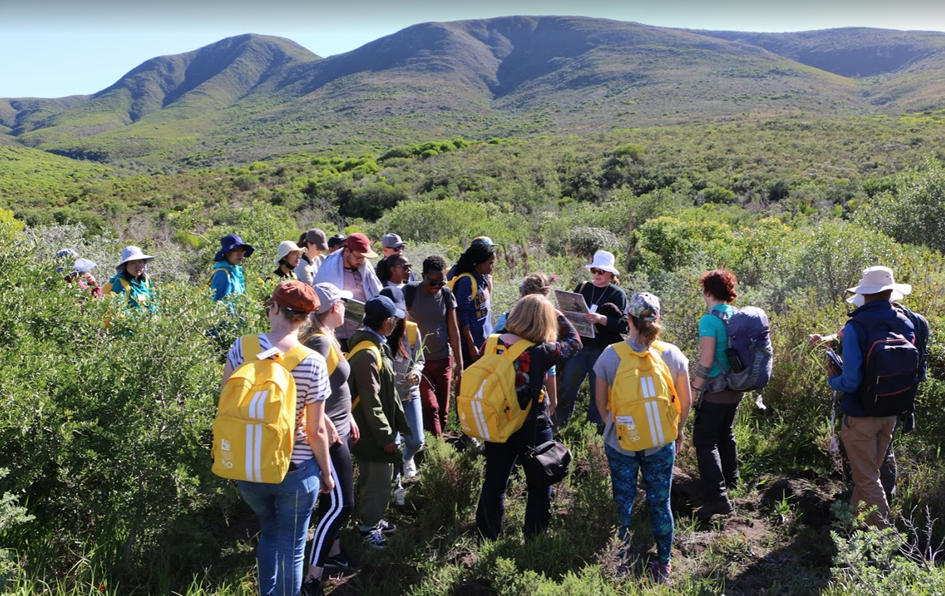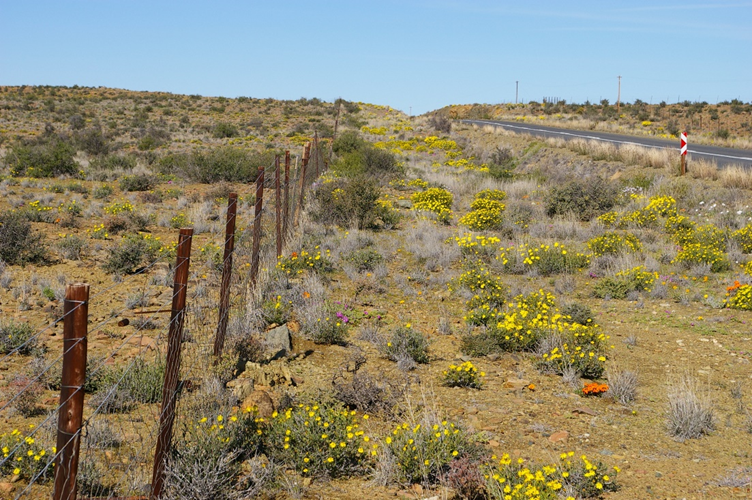Centre for Invasion Biology represented at the IPBES assessment on invasive alien species
The first meeting of authors for a new global assessment of invasive alien species and their control for the Intergovernmental Science-Policy Platform on Biodiversity and Ecosystem Services (IPBES), was held recently in Japan.





